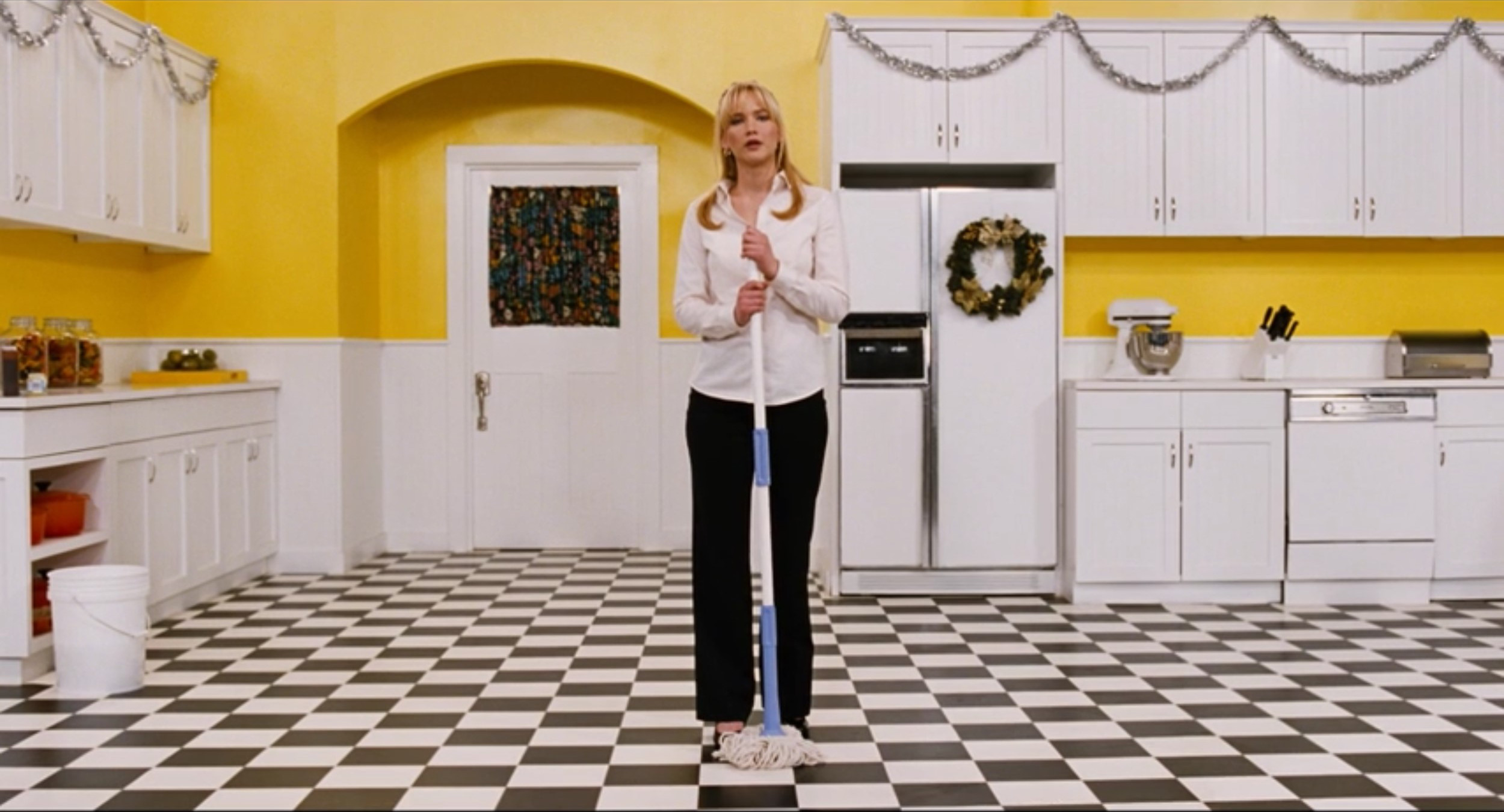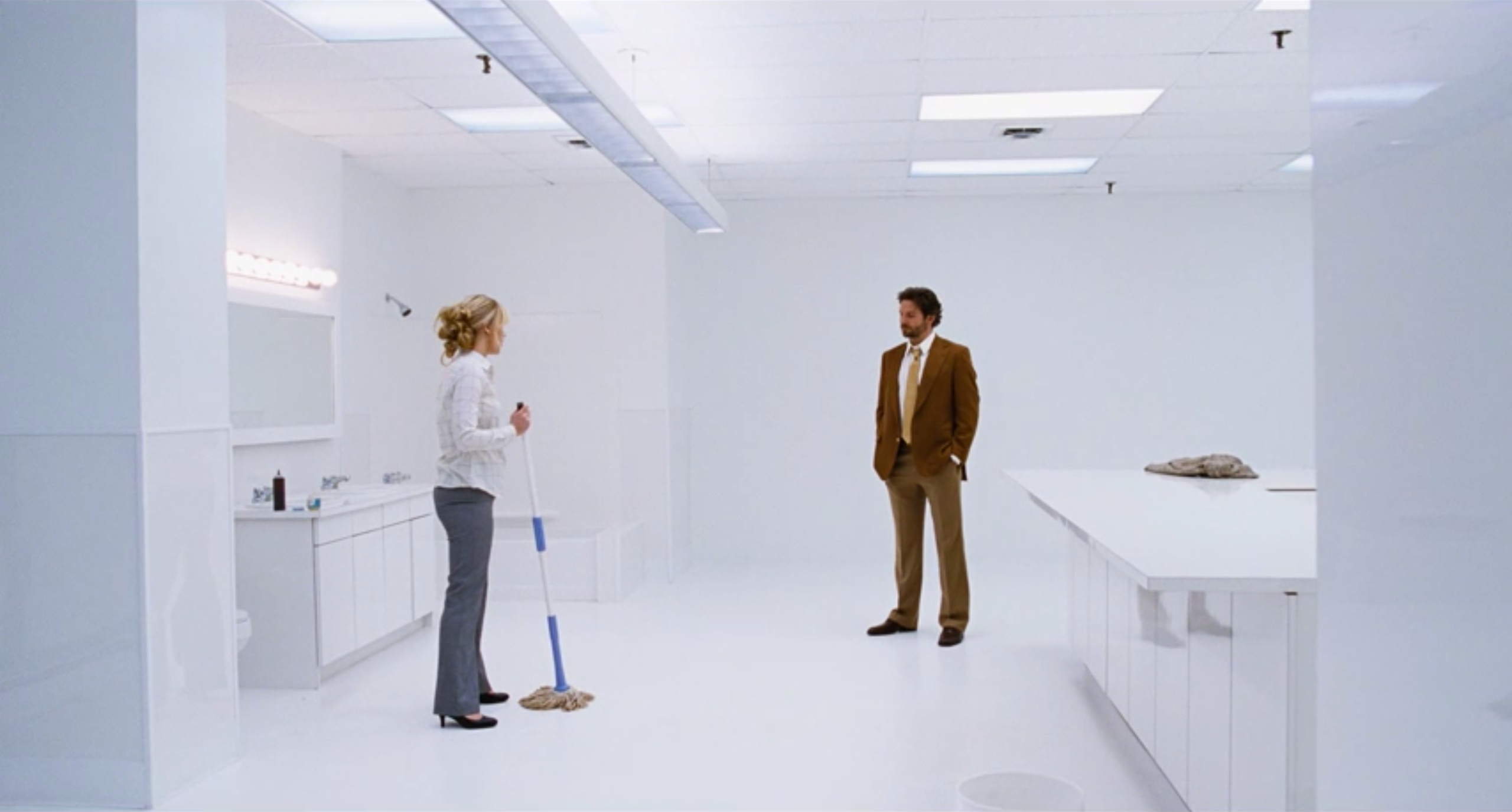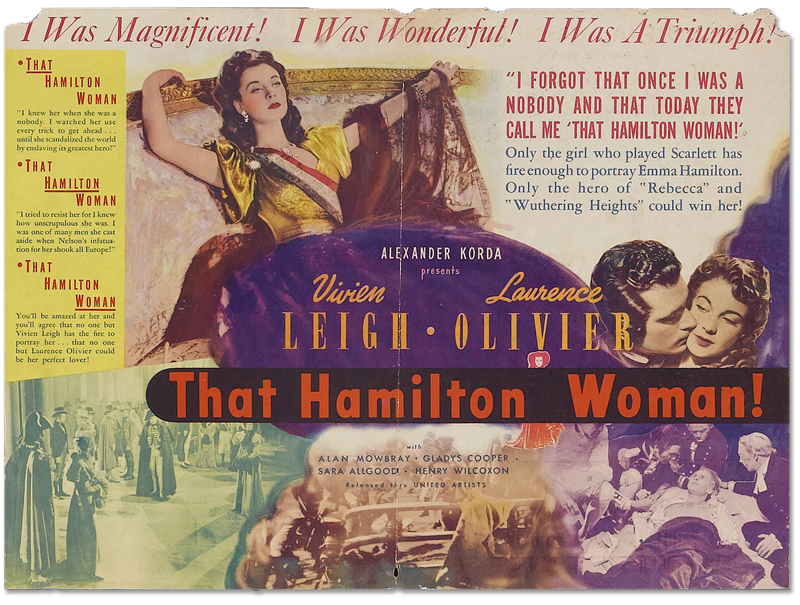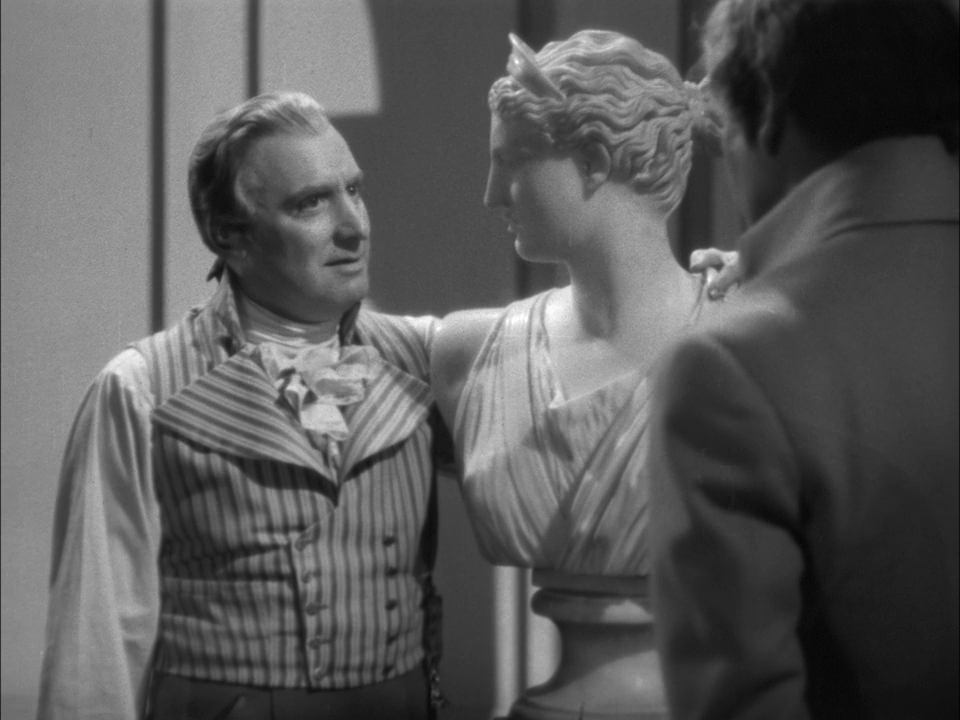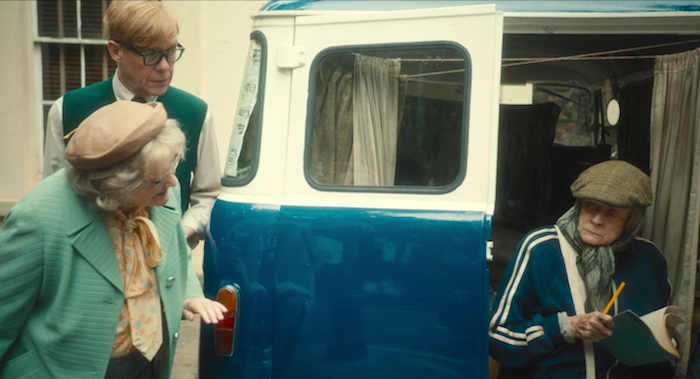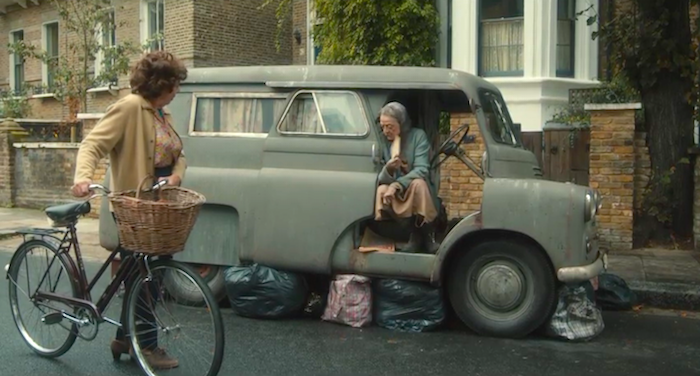The Furniture: Deadpool's Junk
 Monday, May 16, 2016 at 11:05AM
Monday, May 16, 2016 at 11:05AM "The Furniture" is our weekly series on Production Design. Here's Daniel Walber on Deadpool, now available on DVD and Bluray

We tend to think of superhero movies as showcases for visual effects. Marvel, for example, has always been stuck in that one particular category at the Oscars. It can be hard to untangle CGI from physical sets, particularly when they're strung together by a deft editor. And if identifying individual elements can be difficult, assigning credit often seems even harder. As such, production design isn’t usually at the forefront of our constant national conversation around the Marvel Cinematic Universe.
Yet sometimes, even in the murky waters of big budget spectacle, the physical set outshines its digital embellishment. That’s certainly the case in Deadpool, a superhero action movie that was perhaps forced into more terrestrial creativity by its low budget of $58 million. For context, Captain America: Civil War cost about $250 million. Inevitably some of the film looks a bit cheap, particularly when it comes to the CG. Despite the low budget, the studio still clearly felt some pressure to put on the same bombastic show of digital force that comes at the end of every one of these movies. It's a bummer, frankly, because the physical set could easily have stood on its own.
This final clash between Deadpool (Ryan Reynolds) and Francis (Ed Skrein) takes place at a vast junkyard. [more...]




